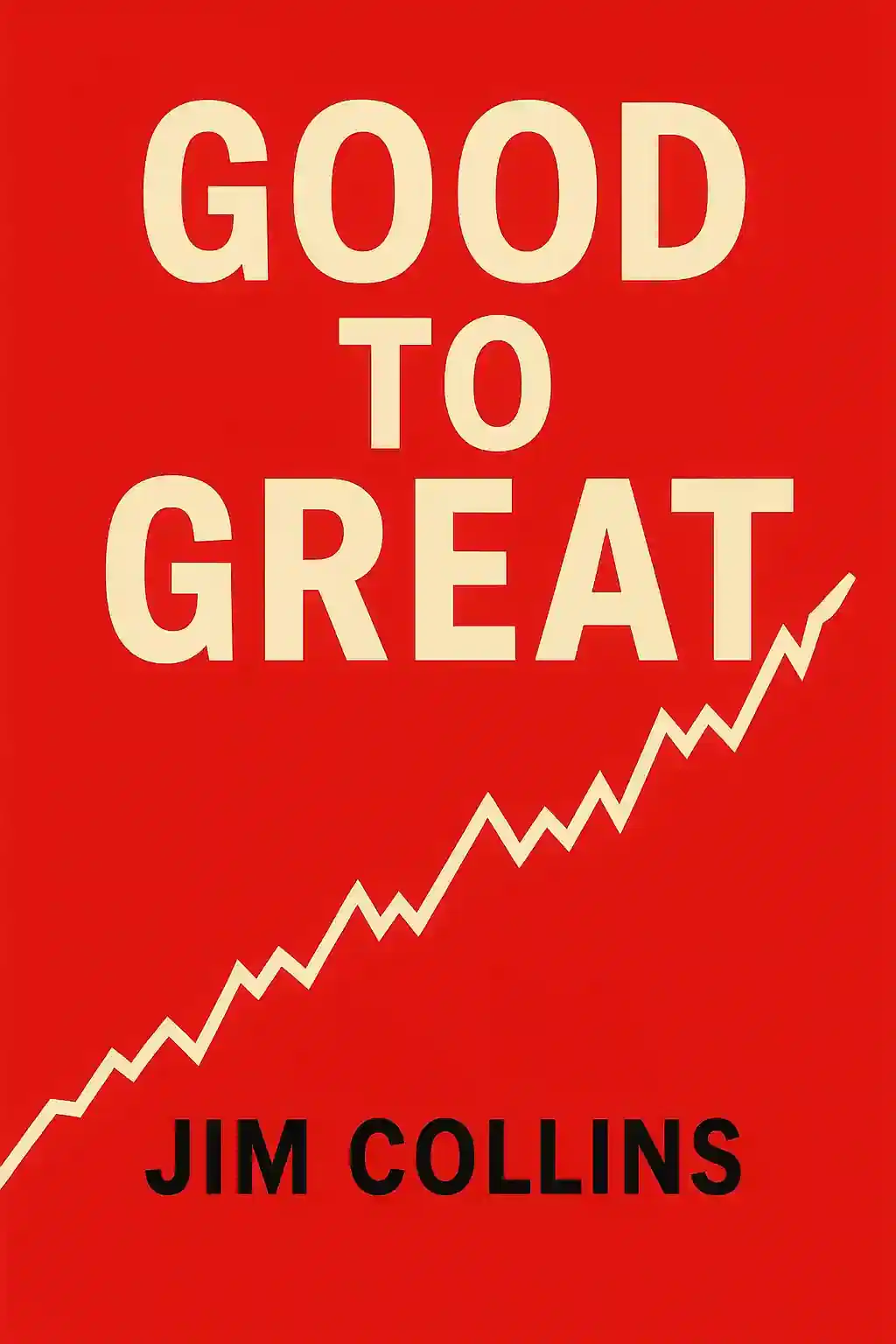What is
Start with Why by Simon Sinek about?
Start with Why explores how leaders inspire action by communicating their core purpose (Why) before explaining methods (How) or products (What). Sinek introduces the Golden Circle framework, illustrating concepts with examples like Apple’s mission-driven success and the Wright Brothers’ perseverance over better-funded rivals. The book argues that starting with Why builds loyalty and fuels long-term achievement.
Who should read
Start with Why by Simon Sinek?
Leaders, entrepreneurs, and marketers seeking to inspire teams or customers will benefit most. It’s also valuable for anyone navigating career changes, as aligning personal purpose with work drives fulfillment. Sinek’s insights apply to nonprofits, corporations, and individuals aiming to lead with authenticity.
Is
Start with Why worth reading?
Yes—it’s a New York Times bestseller with over 60 million TED Talk views. The Golden Circle framework offers a actionable blueprint for leadership and communication, backed by historical case studies. While some criticize its repetition, its core ideas remain influential in business and personal growth.
What is the Golden Circle in
Start with Why?
The Golden Circle explains how inspired leaders think: Why (purpose), How (process), and What (product). Most companies start with What, but Apple and MLK led with Why to inspire loyalty. For example, Apple’s Why—“Challenge the status quo”—precedes its How (user-friendly design) and What (iPhones, Macs).
How does
Start with Why use the Wright Brothers example?
Sinek contrasts the Wright Brothers’ purpose-driven quest to fly with Samuel Langley’s funding-focused approach. Despite Langley’s resources, the Wrights succeeded by embracing trial-and-error and passion. This highlights how starting with Why (a belief in flight’s potential) outweighs external advantages.
What are the main criticisms of
Start with Why?
Some argue the book oversimplifies success factors and repeats its core concept excessively. Critics note it lacks granular strategies for identifying one’s Why. However, its philosophical approach resonates with readers seeking foundational principles over step-by-step tactics.
How can
Start with Why apply to business marketing?
Businesses that lead with Why (e.g., Apple’s innovation ethos) attract loyal customers who share their values. Marketing campaigns emphasizing purpose—like Patagonia’s environmental mission—outperform feature-focused ads. Sinek advises tagging campaigns with “Why” messaging to deepen emotional connections.
What leadership lessons does
Start with Why teach?
Inspirational leaders prioritize purpose over perks or fear-based tactics. By communicating Why first, they foster trust and empower teams to innovate. For example, Southwest Airlines’ “Democratize the skies” Why shapes its employee-centric culture and customer policies.
Can
Start with Why help with career decisions?
Yes—identifying your personal Why (e.g., “Empower others through education”) clarifies career paths aligned with fulfillment. Sinek suggests reframing job searches around organizations whose Why matches yours, ensuring long-term motivation over short-term gains.
How does
Start with Why compare to other leadership books?
Unlike tactical guides (e.g., Atomic Habits), Start with Why focuses on purpose as the root of influence. It complements Sinek’s Leaders Eat Last (team trust) and The Infinite Game (long-term vision). Its strength lies in paradigm shifts over quick fixes.
What famous quotes come from
Start with Why?
Key quotes include:
- “There are leaders and there are those who lead.”
- “People don’t buy what you do; they buy why you do it.”
These emphasize purpose-driven leadership’s emotional resonance over transactional relationships.

















